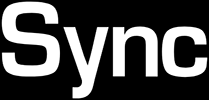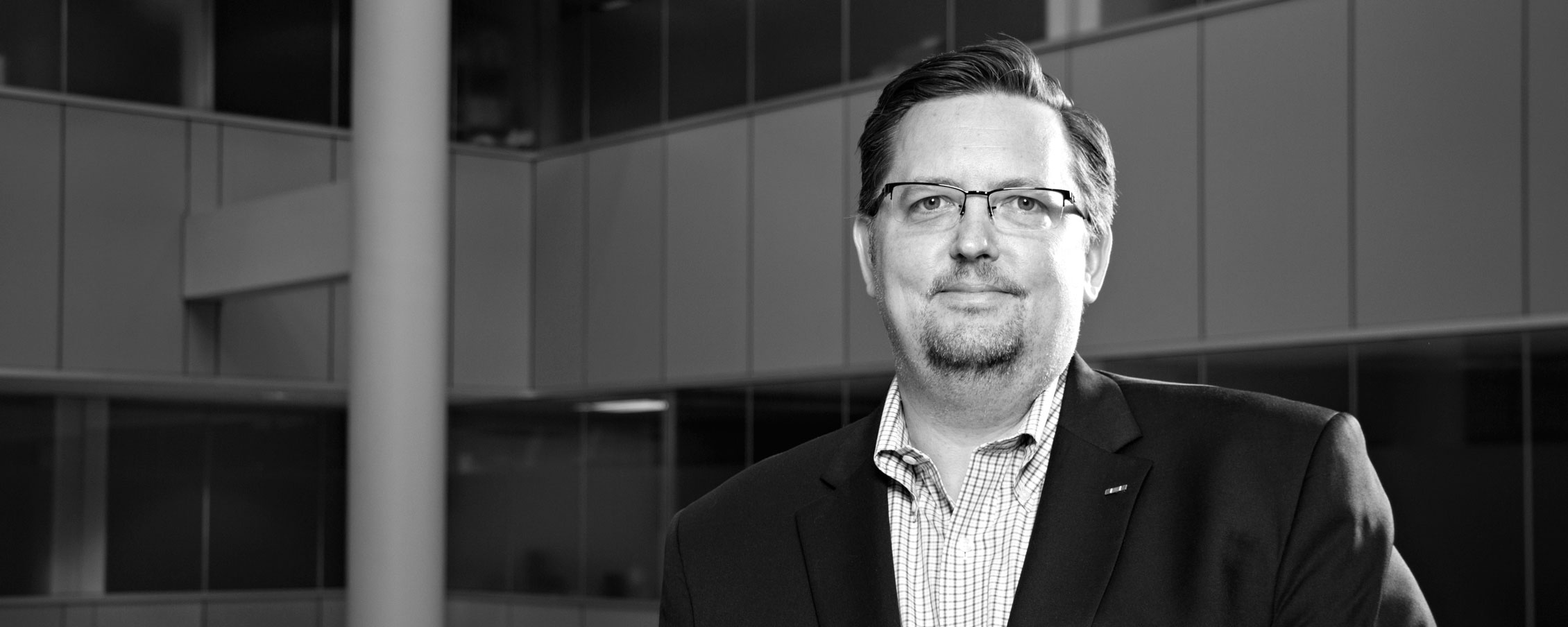Despite being drawn to all things computer and programming related from a young age, Shaun Smith was unsure what he wanted to do with his life. He hoped the military would provide some guidance, so he enlisted. Little did he know that getting transferred to an IT-functional area would set him on a path that would shape his career, eventually leading to a coveted Realcomm 2010 Digie Award for “Best Use of Automation.” Currently, Smith is senior vice president and CIO of Phillips Edison & Company, which offers a fully integrated in-house operating platform to optimize value for its national portfolio of over 270 grocery-anchored shopping centers.
In his first year, Smith has been juggling projects, with the intention of creating engagement and enabling change. The CIO says it was in his first ninety days that he identified the projects and initiatives he’d be working on for the next year.
Q1
As soon as he started at Phillips Edison & Company, Smith met with every department head, from HR to marketing, to discuss the departments’ strengths and weaknesses, their challenges, and what could be done to streamline processes and make them more efficient.
Through these series of meetings and conversations, forty projects were identified. Smith consulted with the CFO and COO to prioritize the projects and outline a list of the most pressing initiatives.
The first project Smith tackled was implementing a new accounts payable process. The company was growing at a rapid pace and the systems in place weren’t successfully supporting that growth.
“It took a long time to process invoices,” Smith says. “It wasn’t about hiring more people; it was about making our processes efficient. We outsourced the scanning and indexing of our invoices, working with vendors to write routing rules for our invoices to be sent to the right places. With invoices being sent for roughly 270 sites, this was a huge challenge, but a successful endeavor.”
Q2
Of the forty projects identified early on by Smith, the next he chose to tackle was standardized reporting. The challenge was getting all of the various reporting systems on the same platform.
“If I had to boil it down, the real goal was getting the most up-to-date, consistent information in front of the right people during meetings,” Smith says. “In a meeting of all division heads, you all need to be looking at the same thing and at the most current version.”
With the project ongoing and reports still being written, Smith and his team have made it so that there’s a single reporting statement format not just across departments, but company wide.
The benefit of tackling this project early on, the CIO says, is that it eliminates confusion during meetings and gives employees information they need to know, when they need to know it, and see how it relates to performance indicators.
Q3
The third project Smith undertook was one he characterizes as a “quick and easy fix,” but an important one nonetheless: revamping the intranet to Office 365.
“More than anything, this was about giving marketing and communications the ability to communicate more effectively with each other and with associates,” Smith says.
The major problem with the intranet before the shift was that it was small and hosted internally, failing to provide the functionality that was needed for a growing company.
Q4
As his first year with Phillips Edison & Company comes to a close, Smith is juggling twenty-four projects. He’s humble about the challenges, but asserts his team makes it all possible. Projects are prioritized and broken down according to department, with the executive team providing resources to Smith that didn’t previously exist. Currently, Smith is taking the initiative on a forward-thinking project to develop automation for his company’s core leasing process.
Using online tools, Smith is hoping to streamline the leasing process for consumers, enabling them to apply for leasing electronically.
The project has the potential to reduce costs for both Phillips Edison & Company and its tenants by reducing shipping fees and notary costs, and more importantly, to trim vacancy time by expediting the process of putting interested, qualified tenants in empty spaces.
“This isn’t something that we’re talking about or that might happen,” Smith says. “This is going to happen, and I am excited about how technology can provide us with competitive advantages.”
Year Two
In 2016, Smith will keep a renewed focus on the budget and forecasting process to streamline budget preparation and quarterly reforecasts. He also plans to develop a strategy for HR systems to further consolidate and integrate them, making processing more efficient and eliminating the majority of the manual processes. And he’ll be doing all this, he says, with a simultaneous focus on cybersecurity.

